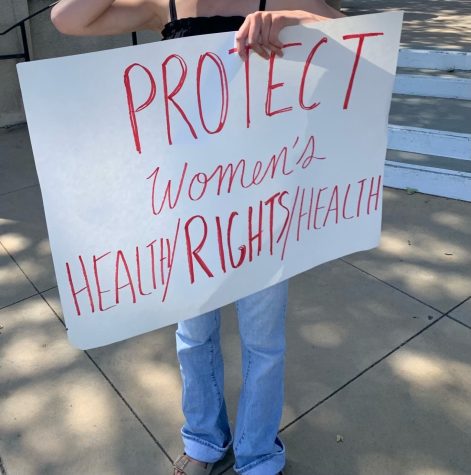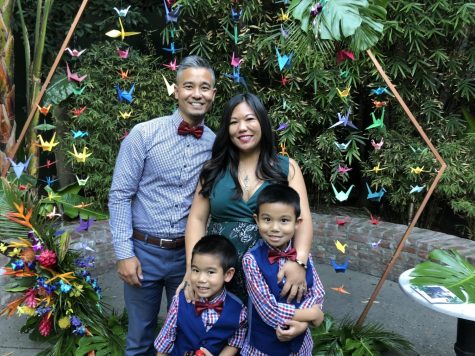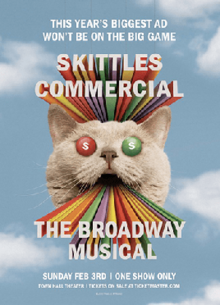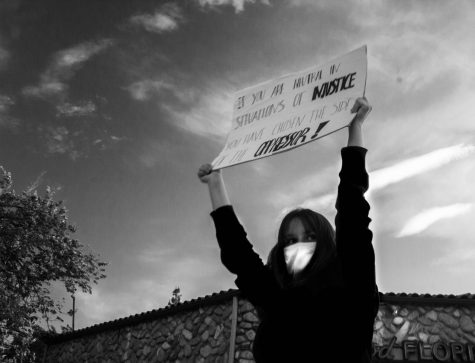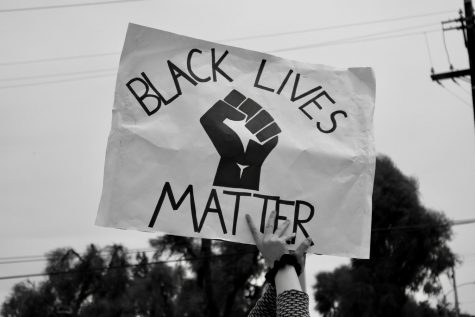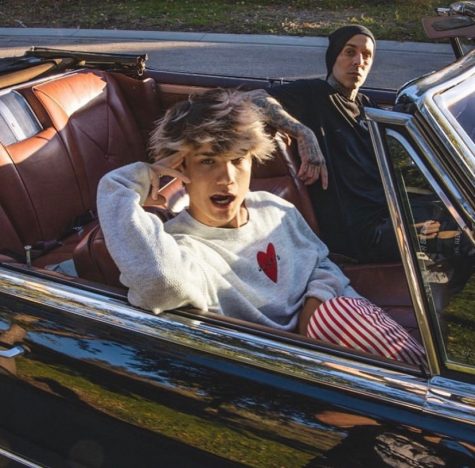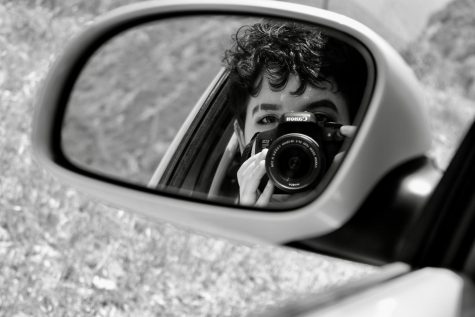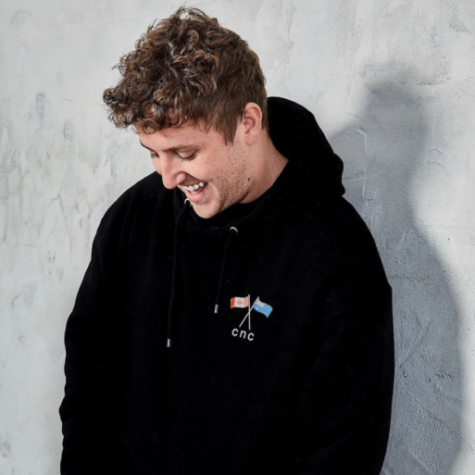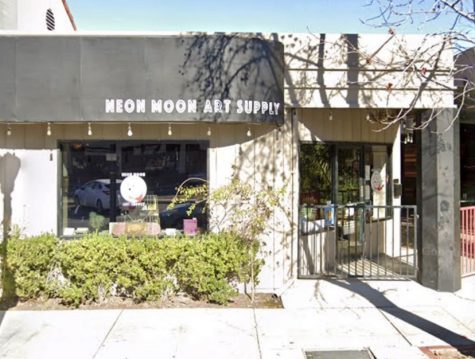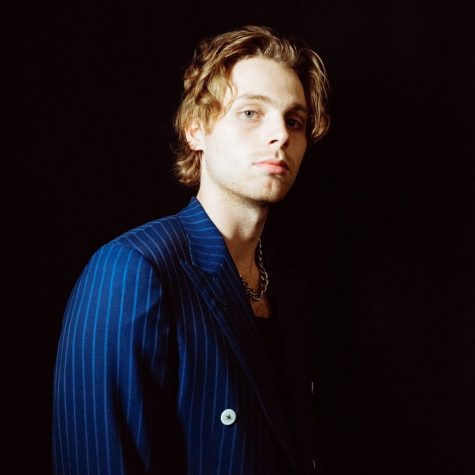The Traumatic Takeover of TikTok and the E-Boy Epidemic
You walk swiftly through the halls of Claremont High on the way to your next class; short songs, phrases, and the banging of Hydro Flasks pound against your eardrums. “And I oop — sksksksksksks.” You begin to walk faster now, elongating each step, wanting nothing more than to make it on time to math today. But alas, that one six-second song is on repeat in your head and you cannot seem to focus. This conundrum has one sole culprit: the takeover of TikTok.
TikTok, formerly known as Musical.ly, is a new-age, social-media-based app focused on sharing, creating, and featuring videos from short skits to lip-syncing. Tiktok is owned by a Beijing tech company called ByteDance. ByteDance launched the app “Tiktok” in place of Musical.ly in late 2018. When the app was first released, most people were plain confused and saw it as a big joke. Now, however, TikTok is the Apple App Store’s second most popular free app, just slightly trailing behind Remind. So how did this app go from dormant to thriving in the span of a few months?
First and foremost, TikTok is very similar to an app called Vine. Many people are calling the “rise of TikTok” the “return of Vine” or “Vine 2.” Vine, now deceased, was a very popular social media app allowing users to create, watch, and share short videos with the hope of them going viral. TikTok essentially has the same intent, however with much more freedom in terms of length and editing software. Users typically engage in one of two main features on the app — scrolling through the “For You Page,” essentially a recommended videos page, or creating TikToks in the hopes of being featured on the “For You Page” and ultimately becoming “TikTok famous.”
With a viral video gaining over 258k views, as well as other featured content, CHS junior Rand Alrajhi, became one of those “TikTok famous” teens. Originally, Alrajhi joined the app with absolutely no intention of creating her own videos. However, Alrajhi was immediately sucked into TikTok culture.
“I don’t have a life anymore. I spend all my time on TikTok,” Alrajhi said.
Alrajhi then proceeded to pull her phone out and check her screen-time stats. Alrajhi had spent 17 hours solely on TikTok in one week; scrolling, recording videos, gaining followers.
On top of the app’s overall rise in popularity, TikTok has had an extreme influence on today’s culture. Most high schoolers these days know about the popular trends of “e-boys” or “e-girls” in fashion, as well as soft-boys or soft-girls. E-boys consist of a rather subdued style of cuffed jeans, loose hair, and a possible facial piercing, while e-girls consist of hair clips, winged eyeliner, and either a pastel or dark-colored theme. Soft-boys tend to wear beanies and sweaters, with a gentle, sweet demeanor. Soft-girls tend to wear headbands, along with dainty necklaces and an excessive amount of blush, going for a cute aesthetic. Other fashion trends include the “VSCO girl,” consisting of a Hydro Flask, oversized tee-shirt, messy bun, and scrunchies from their wrists to elbows.
“The whole VSCO girl, e-girl, e-boy thing—I mean look at me—” Alrajhi said, reaching into her pocket and pulling out tiny neon green hair clips, “I have butterfly clips in my pocket!”
While yes, TikTok is somewhat irritating, it is also a thousand percent addicting to the Gen-Z population. There is no denying the importance it has to high school culture, especially here at CHS. From the way one wears their hair to the phrase one exclaims when they drop their Hydro Flask, TikTok is everywhere. The only question is, will it last?
Hello there! Our goal is to provide relavent, engaging journalism for readers of all ages. Your donation will support the student journalists of the Wolfpacket at Claremont High School, and will allow us to purchase equipment, print our monthly issues, and enter in journalism competitions. We appreciate your consideration!

The 2020-2021 school year marks Ady Bolinger’s second year on the Wolfpacket staff. Bolinger, a junior at Claremont High School, holds an editorial position...





